Water of the Womb: Joe Freshgoods x New Balance
They say blood is thicker than water. The irony lies in its misinterpretation.
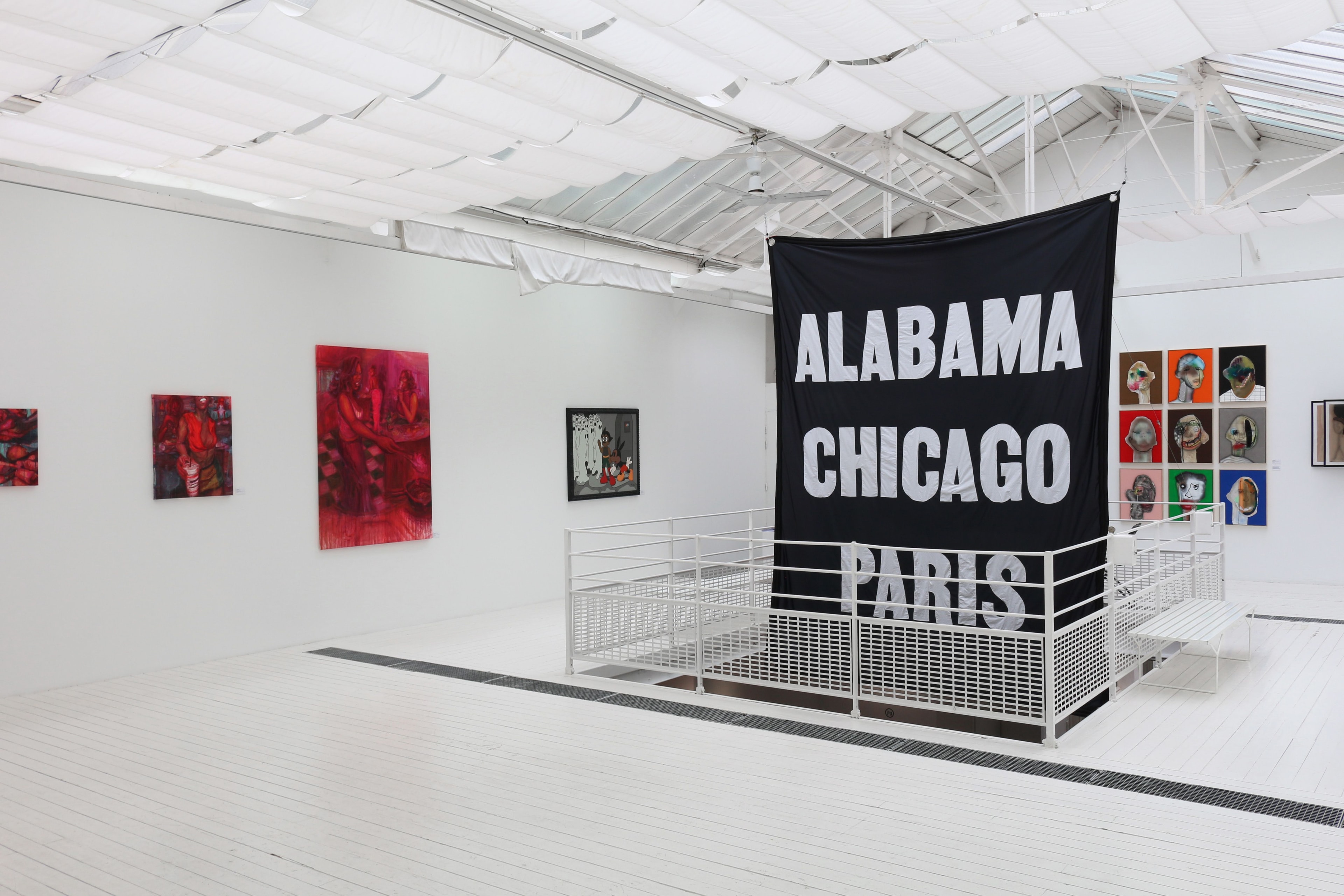
The truth of the matter lies in the original proverb: “The blood of the covenant is thicker than the water of the womb.” Like the covenants of the medieval past to which the proverb can be traced to, families are not blood-based—but a forged bond based on shared experiences; a sacrilegious, and utterly intentional affair.
Joe Freshgoods, too, has long realized that family needs to be no complicated matter. The answer could be as simple as curating your own—quite literally. His first exhibition, A Friend Named Cousin—in partnership with New Balance with whom he also launched a capsule collections and two pairs of a reinterpretation of the brand's 990v6 sneakers—took place in Paris last month. Freshgoods reimagines family both in its curation of the art and artists; carving a space for collaboration and community between Black artists across Europe and the US, including Goldie Williams, Jewel Ham, and Jahlil Nzinga.
In conversation with 032c, the curator and fashion designer speaks on the traditional models of family, reacting to the exploitation of Black artists following George Floyds’ passing, and adapting his work to the mainstream.
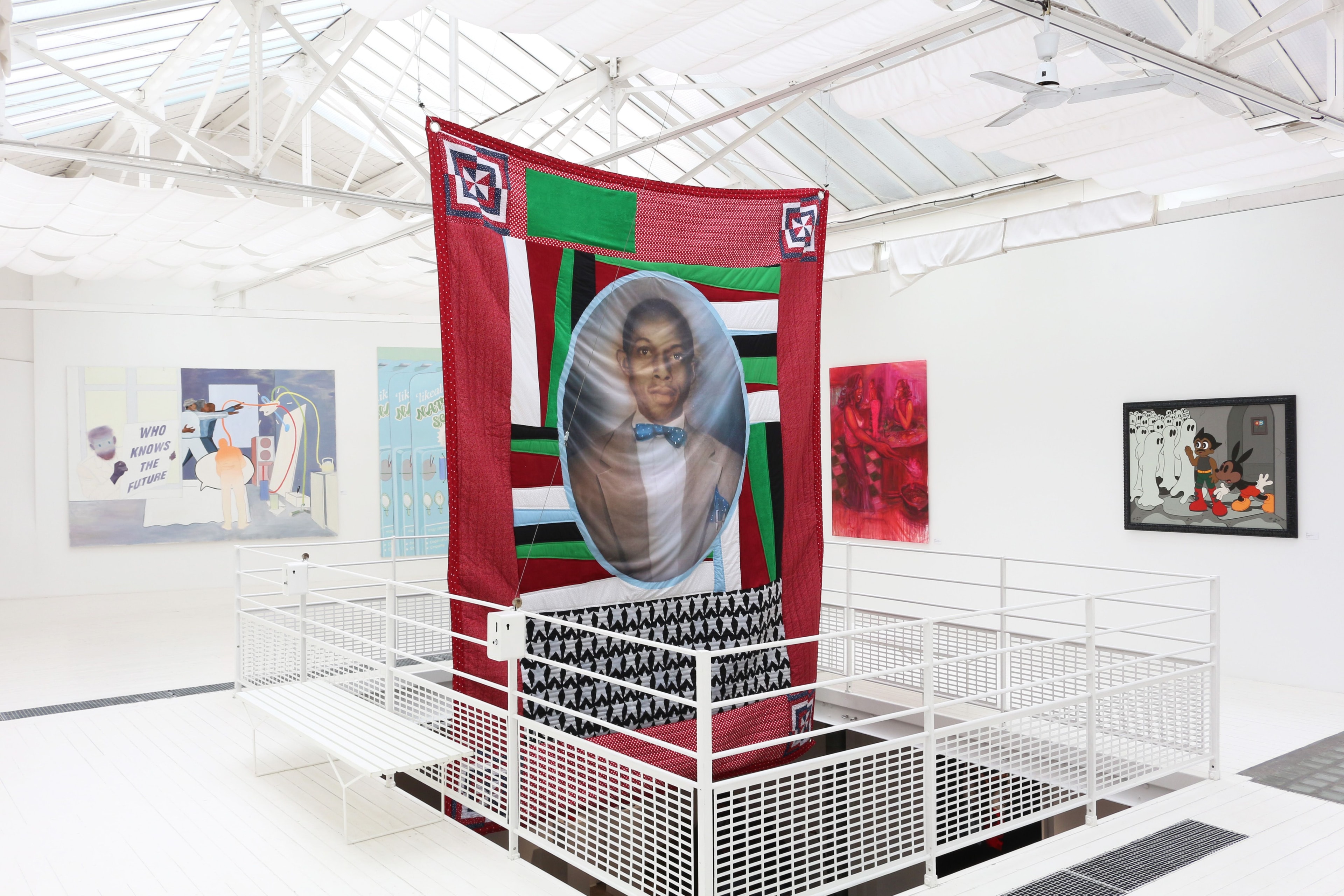
The show that you curated tackles the evasion of traditional forms of society’s concept of family. Can you define what family means for you?
JOE FRESHGOODS: As we’ve gotten older, we might not talk to our family or siblings as much as we used to. You go to college, you have work friends, and you grow older with your best friends. I know your family is blood, but throughout my life, people around me have been like family. It’s been a part of my brand DNA, and I wanted to bring that theme to the show.
You’re based in the US, where you were born and raised. It feels like, especially in America, there are more traditional ideas of what a family is supposed to look like, how it’s supposed to be composed. And there is a reemergence of more traditional family models. Would you say that you’re also critiquing these more conservative models?
JFG: Times have changed, right? And as times change, the family dynamic changes.
When it comes to the term “family,” and what a family looks like in this day and age, that’s just different. There isn’t one approach for everybody. Last night, all the artists I picked went to dinner, and a lot of people met each other for the first time, but we just kicked it and got drunk and partied altogether—this felt like family.
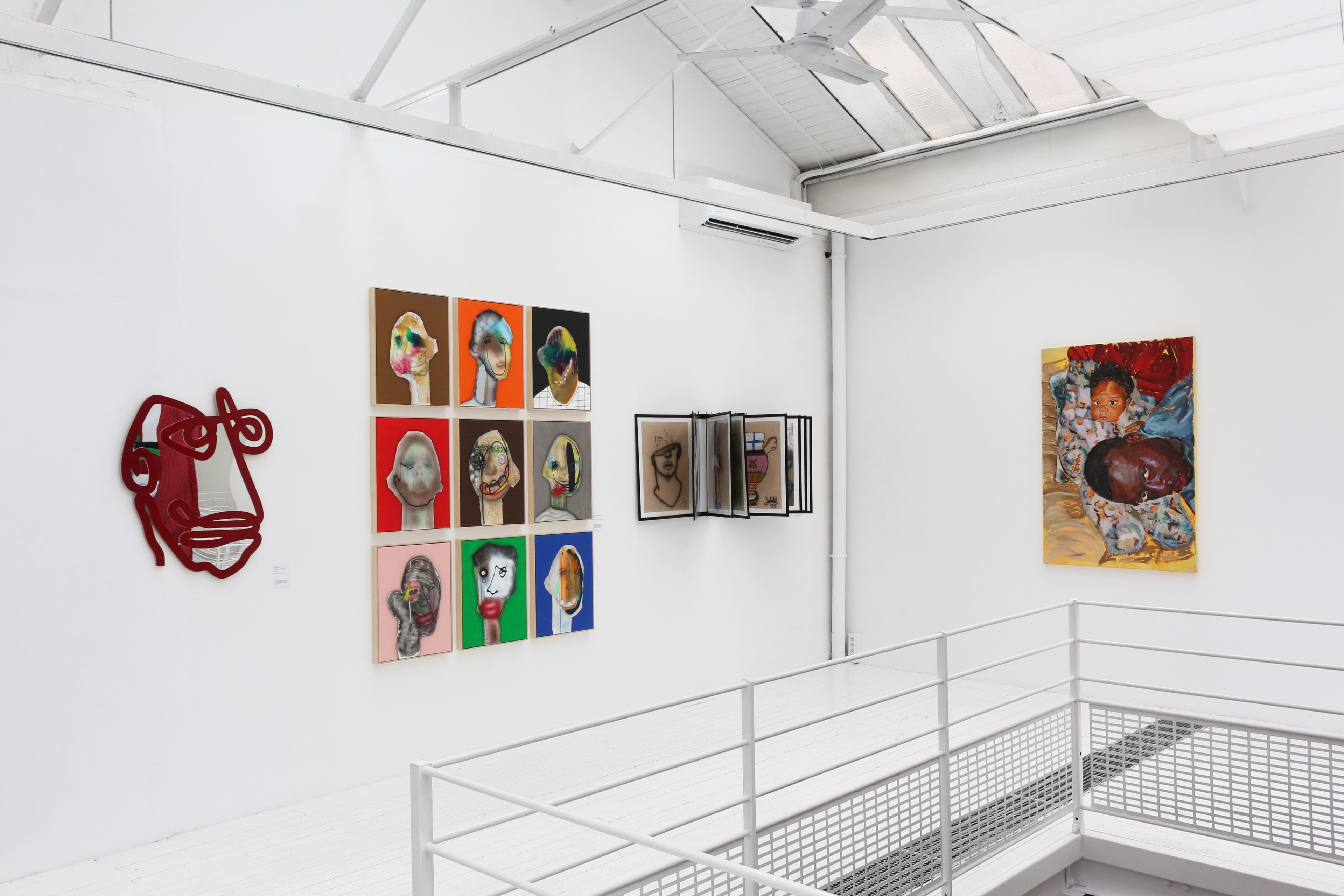
Your more open approach to family also includes people that you’re not necessarily related to—friends and collaborators. That leads me to the theme of collaboration, which is quite significant in your work. What is collaboration for you, and how you choose the people you collaborate?
JFG: Everybody’s collaborating with everybody, and some shit don’t be making no sense. At this stage of my career, I’m very picky. When New Balance and Brian Lynn approached me for this collaboration, I asked myself, “Does the world need this? What’s the goal? Are they helping give out to the community? Is it actually cool?”
Sometimes the challenge is that it is a big ass bag. Maybe a skincare brand reaches out to you, but you are a person who doesn’t use those products…it all depends on where your morals lie, and where your bank account lies.
So, would you say that your collaboration with New Balance is something that the world needs?
JFG: We just need different options in the marketplace. That’s why it’s important for New Balance to show up at the Olympics. You can spend 3 billion dollars in an activation, but then it still doesn’t hit home.
I did a house party with New Balance during Fashion Week, and it was such a vibe. Probably one of the best parties of Fashion Week, because New Balance let me do my thing. It felt like a cookout. No matter how much money you got, you can’t pay [for that]. Five, six years ago, nobody could imagine New Balance doing stuff like this.
It’s very important for me to hold that flag strong, do good storytelling, and bridge these gaps. It’s about showing people that you can be an independent brand with no investors and a big team, while doing good business and making it this far.
Is being picky about who you collaborate with also a form of working slower? The fashion industry is notoriously fast and constantly launches new products, but on the other hand there were also great creatives like Virgil, who, it seemed, launched a new project almost every day.
JFG: It boils down to how much leverage you got. Every conversation that Virgil had with a brand, he was still himself. So if you’re coming to a brand where you don’t have that much leverage, say, if you gotta do seven Instagram posts but you’re being paid 20k. Virgil can say, “Hey, I wanna redesign this bottle instead.” But you have to grow and be successful to be picky. Once you reach a certain level, you can turn down stuff.
During the pandemic, everybody wanted to cover George Floyd’s passing away. Everybody was trying to throw money to Black creators. A big ass brand offered me a life changing amount for me to be creative director, but it kind of felt like an exploitation of Black people. So I turned that down. At that moment, I was very proud of myself, because [with that amount of money] I could have taken my people out the hood.
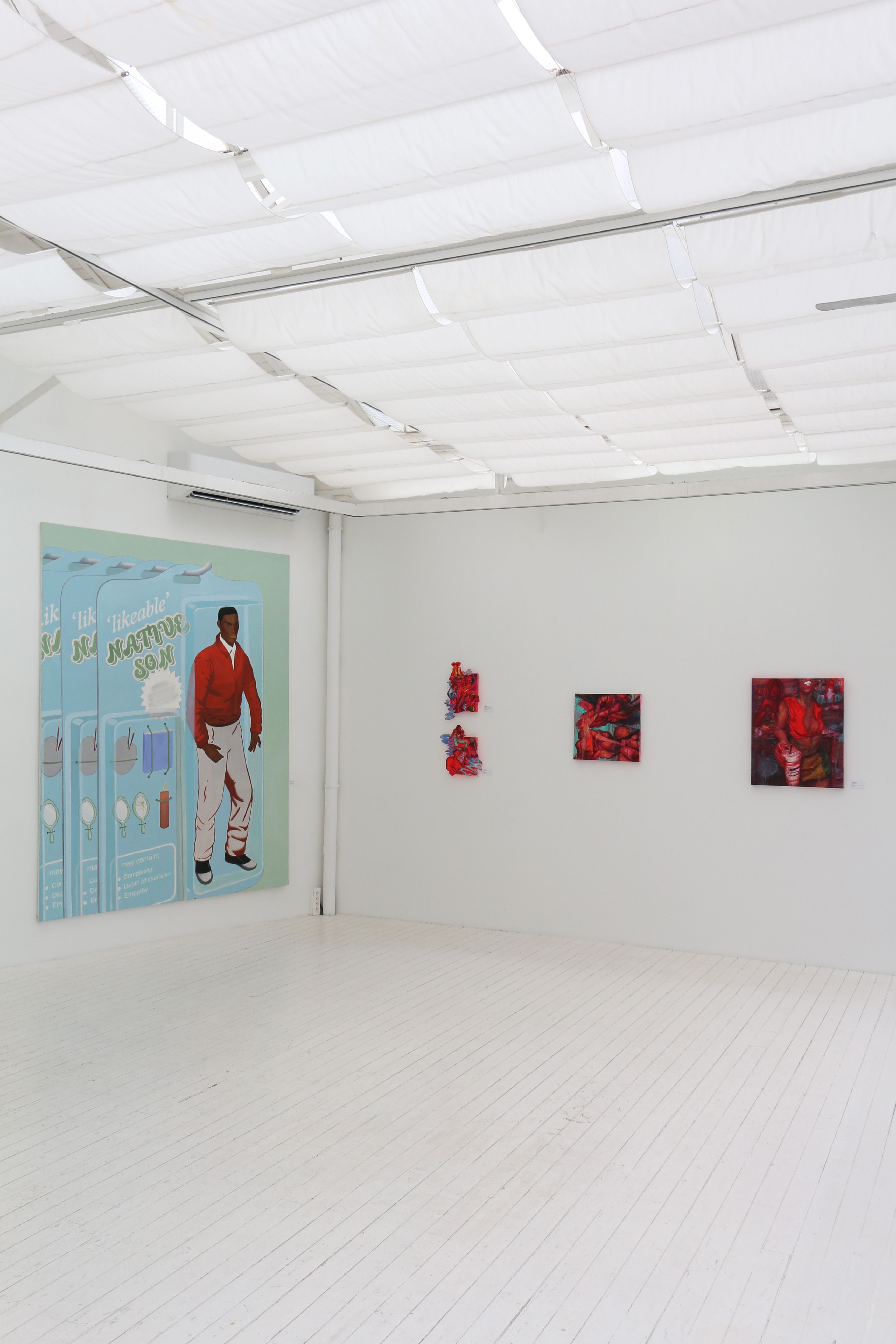
You’ve collaborated with a very diverse range of brands including luxury brands such as Bottega Veneta and brands with a massive mainstream audience like McDonald’s. How does your approach change, depending on if you produce work for a more selected audience versus mainstream?
JFG: It just depends on the target audience. I’m a big shopper; I shop all the time. Sometimes the fabrics might be the same, but we still spend 800 dollars on one shirt, simply because of the label. What the difference is the amount of energy.
I’m not a fan of brands that take themselves too seriously. As I get bigger, it’s harder for me to work with different companies. With smaller athletic streetwear brands, I’m able to do my thing. When you work with high fashion brands, sometimes you get your ideas bored down.
You also use a lot of historical and cultural references in your work. There still seems to be somewhat of a cultural gap between European countries and the US. Some of the artists you chose to work with are based here in Paris. Did you feel any cultural differences?
JFG: I’ve been in Europe a lot lately for Fashion Week and traveling with friends and family. I love it when my Black people from around the world are intrigued by Black American culture.
We’re doing a commercial that’s gonna come out after this, which is all prom related—an American cultural phenomenon that I believe is not that present here in Europe. But this was my life growing up. People in different countries might understand it just as a red shoe and a blue shoe [two colorways for his shoes with New Balance], but that shade of blue is the color that I wore when I went to prom.
It was very important for me to connect those dots and have different artists from around the world. We have somebody from Paris, London, New York, LA. It was cool to connect these worlds, and everybody meshed well together. We went out to dinner last night and had a blast. You want to make sure every artist feels valued in some type of way.
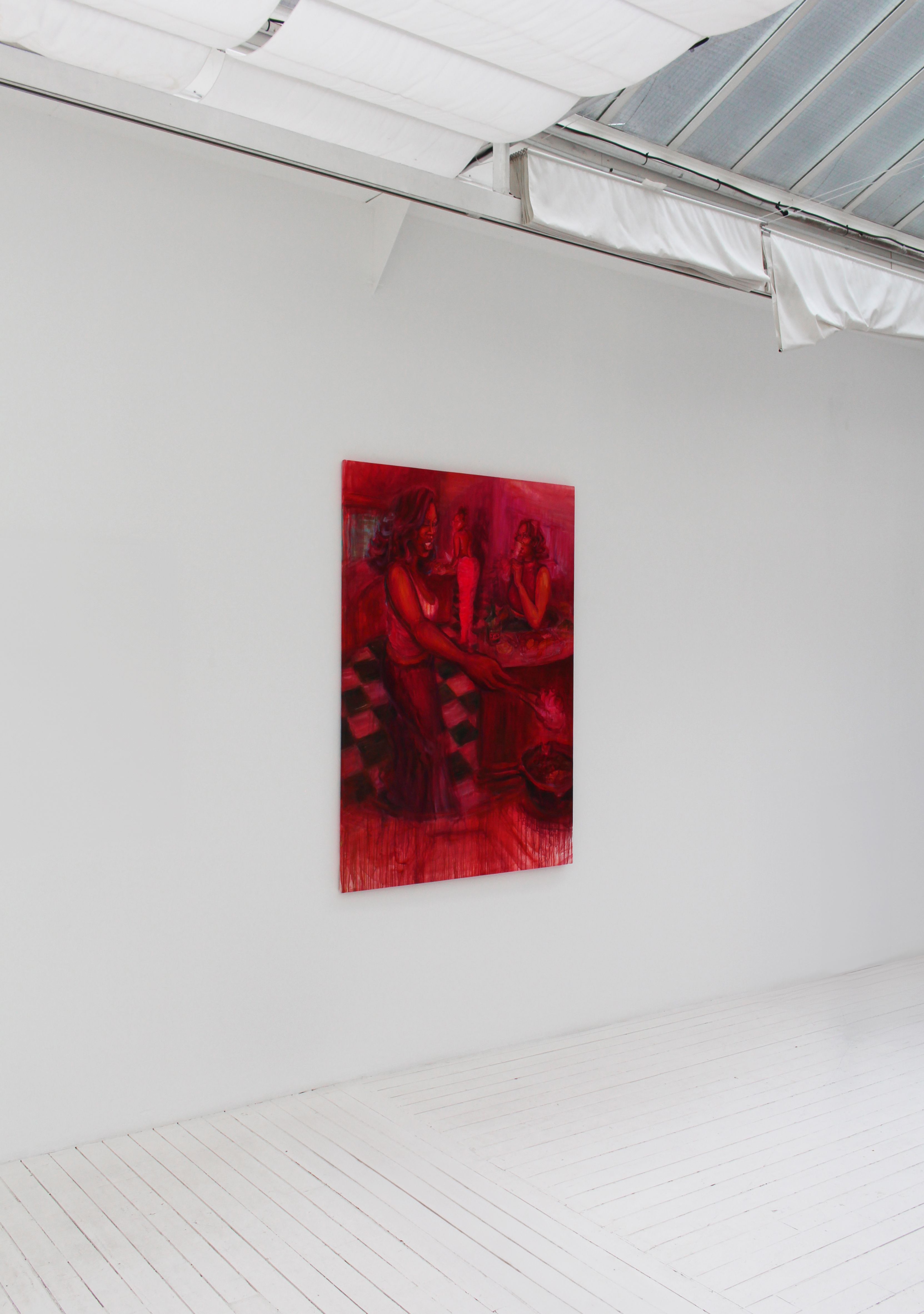
Related Content
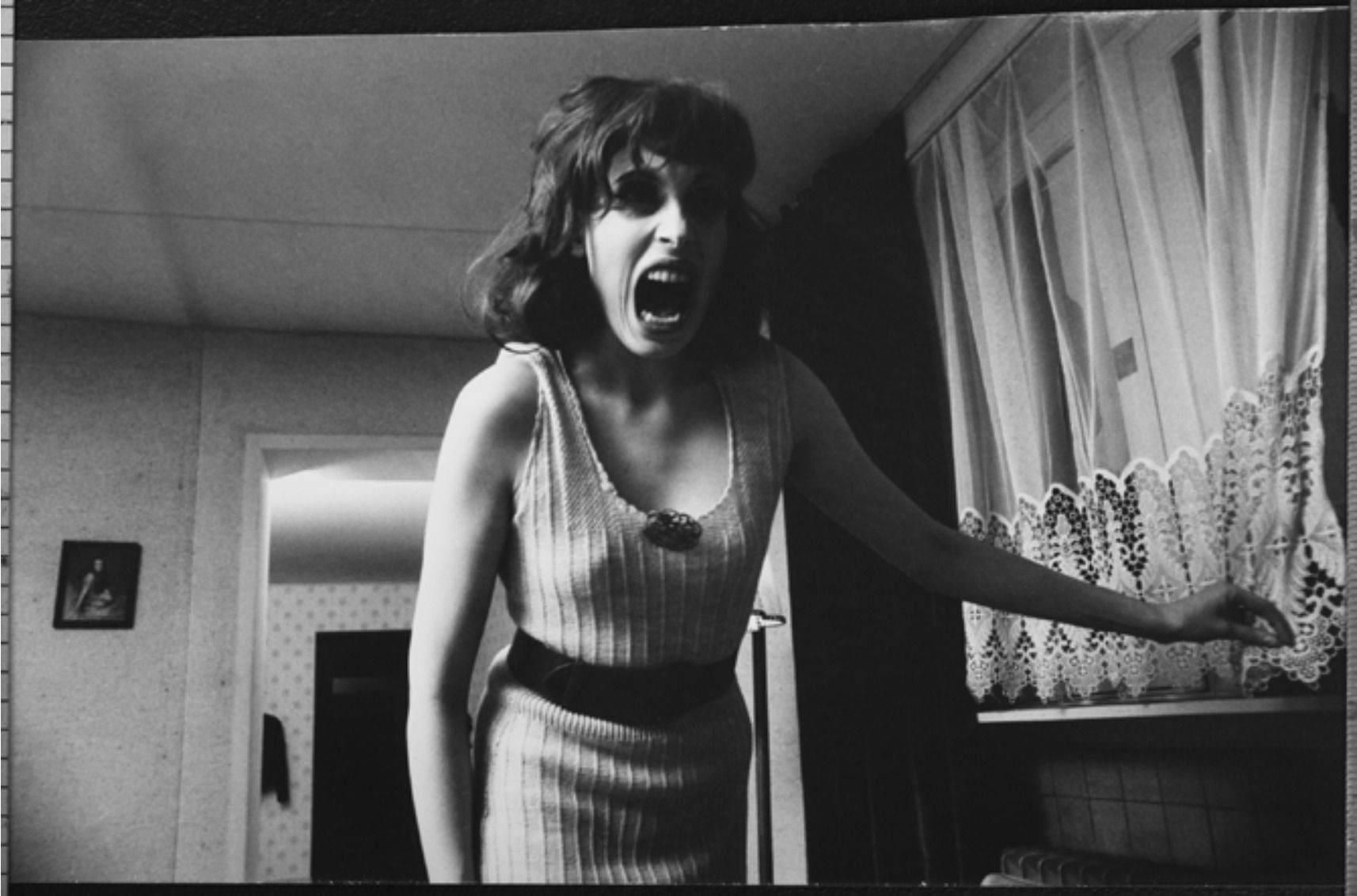
FRANS ZWARTJES: The Unholy Family
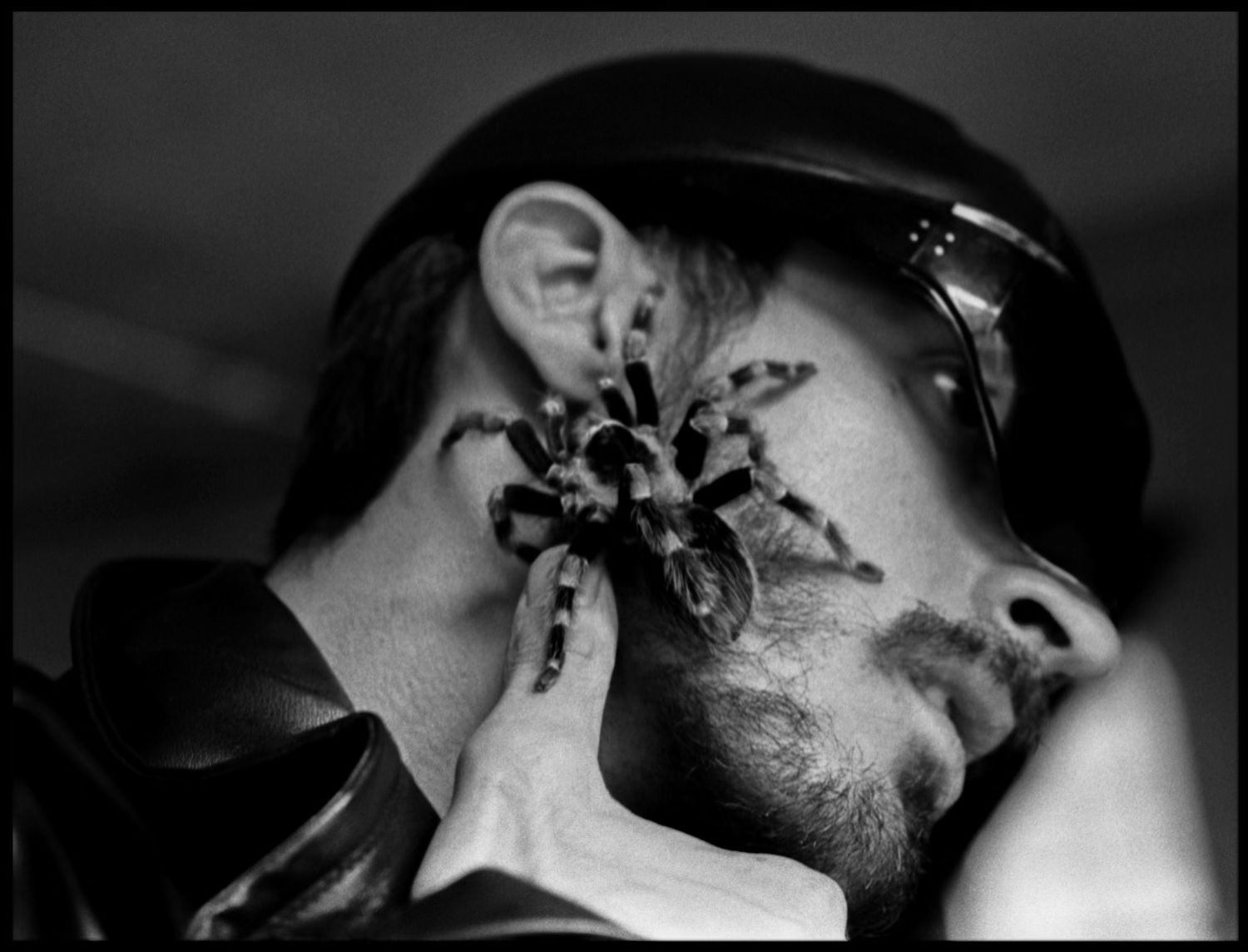
Nothing is Linear: Guy Trebay
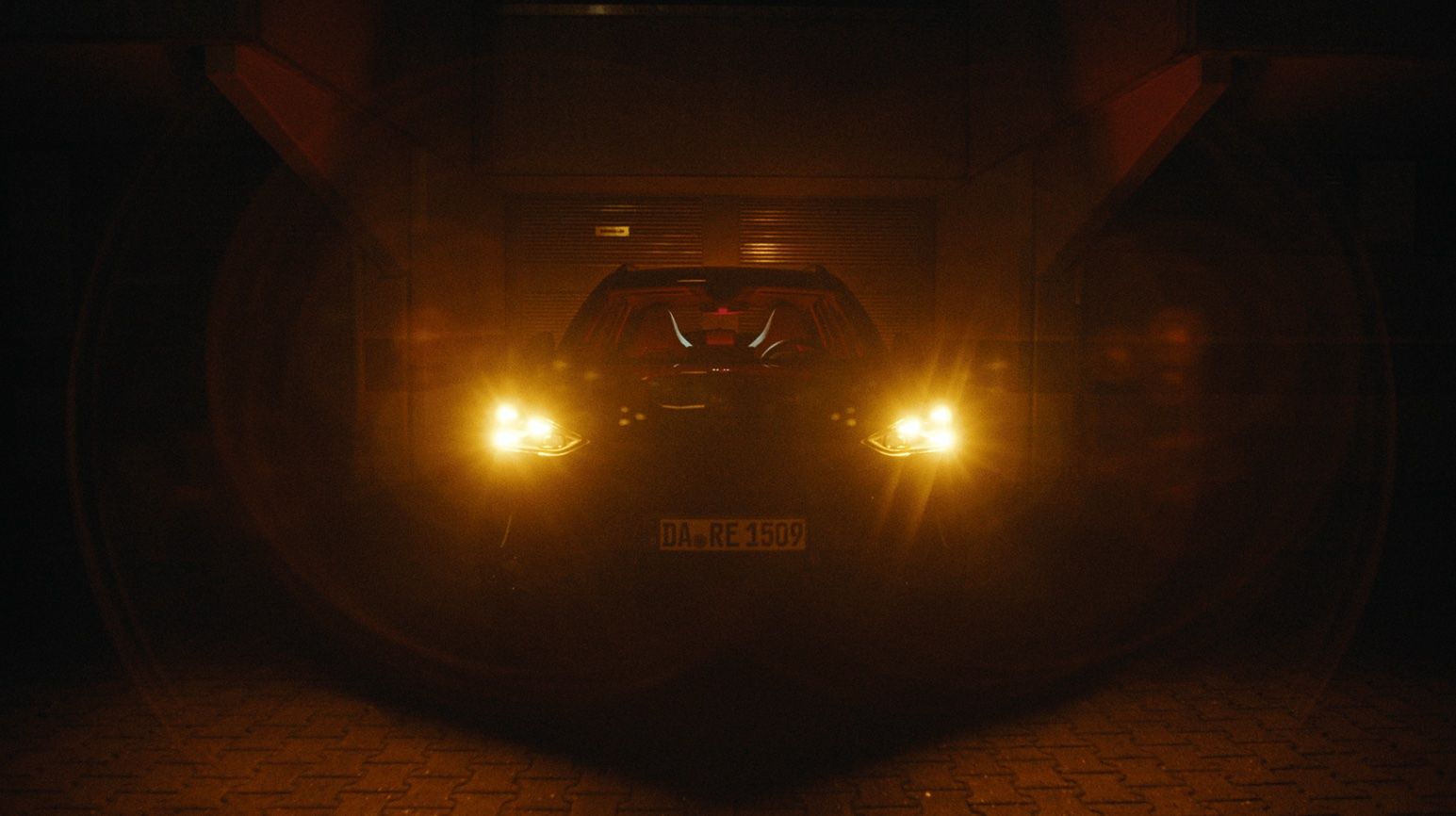
Night Sky With Exit
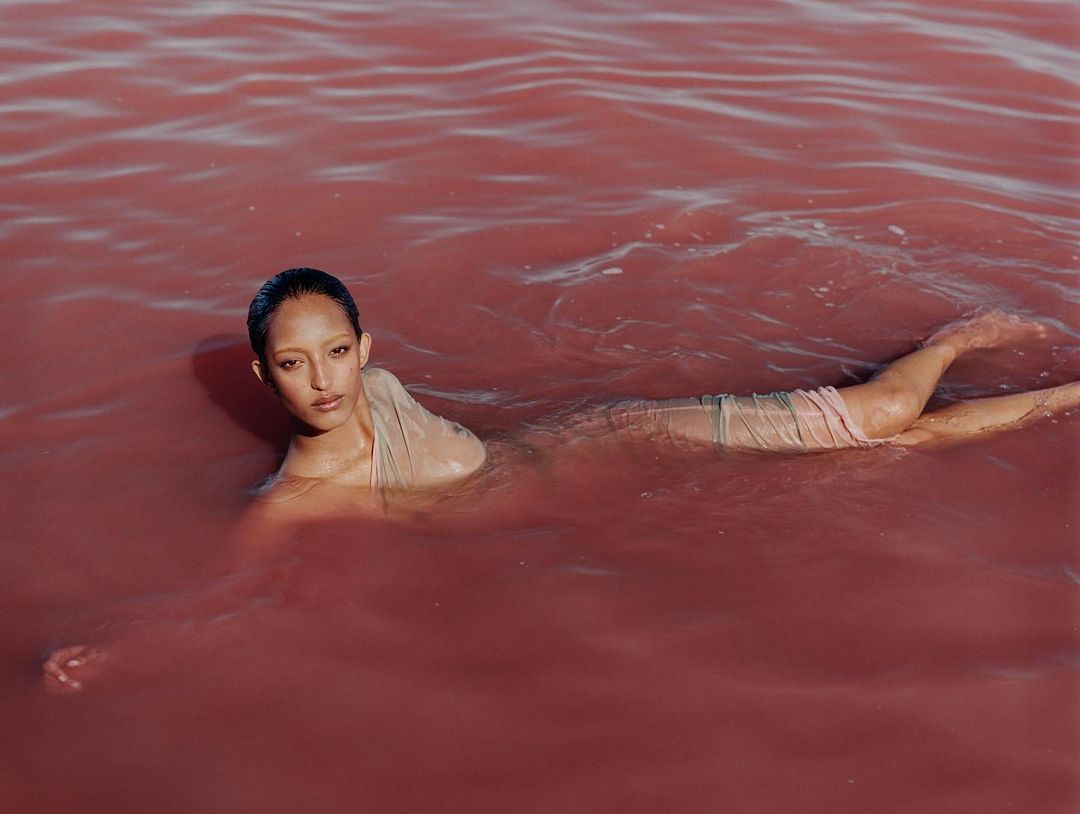
The Politics of Beauty: Tyler Mitchell
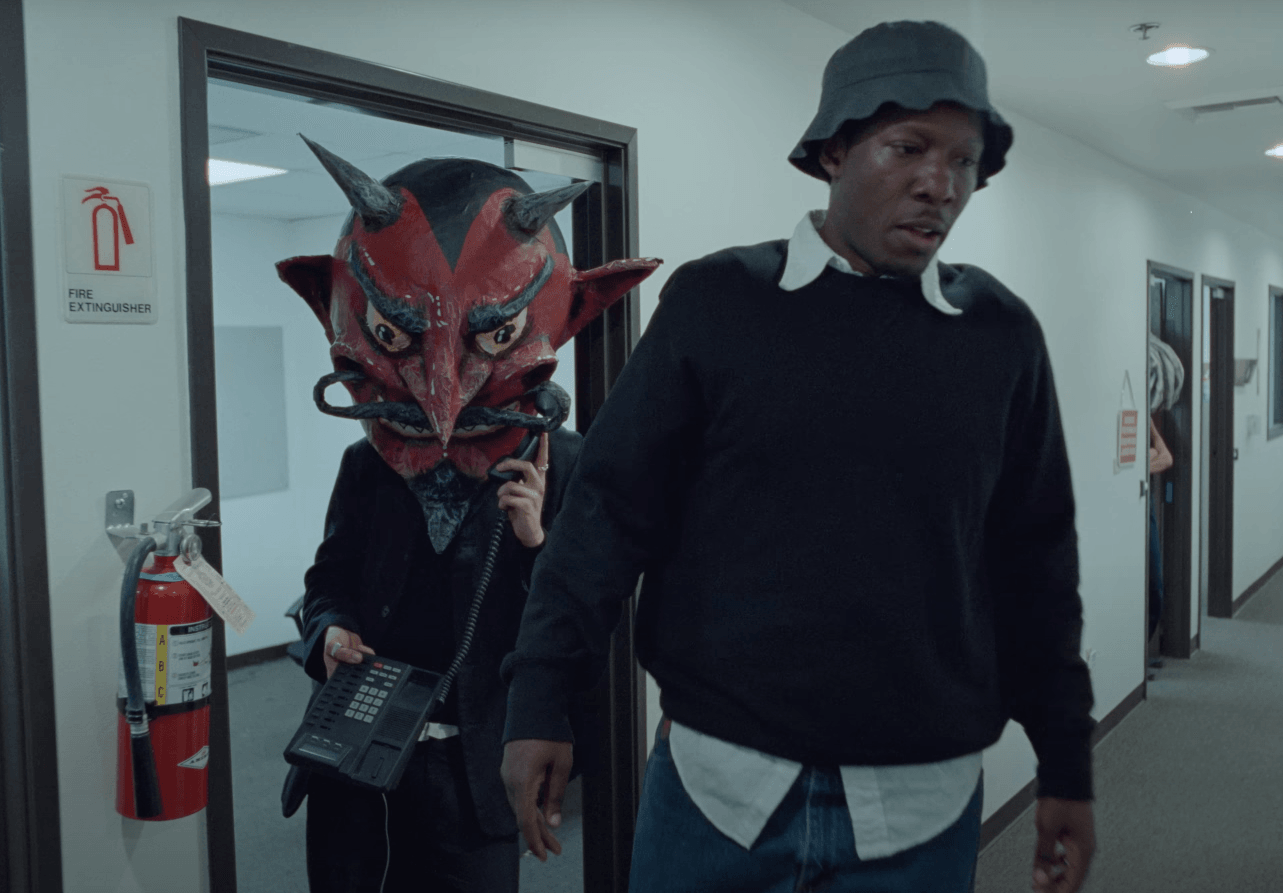
Where in the world is Paris Texas?
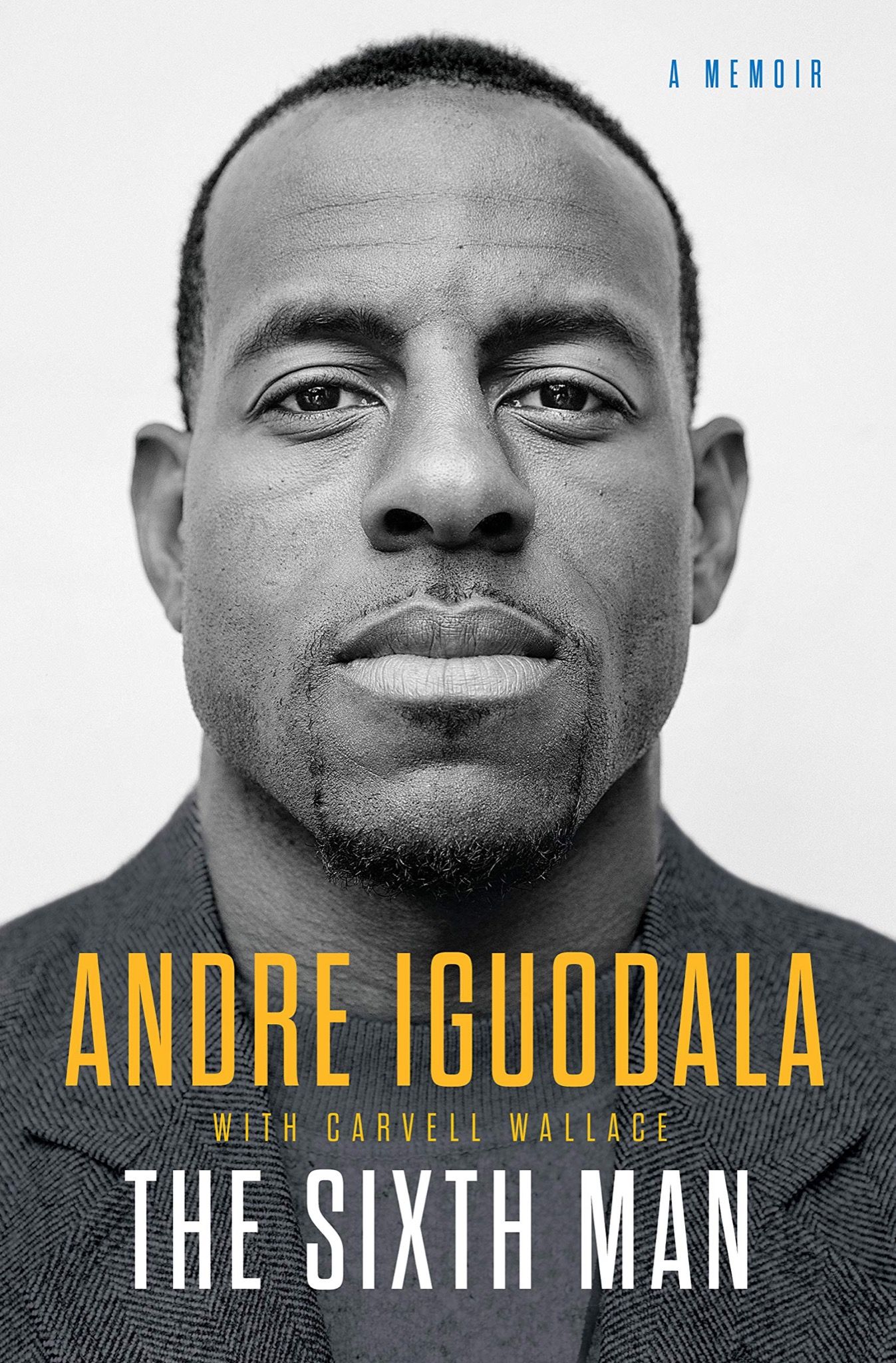
Interview: NBA star ANDRE IGUODALA talks sacrifice, freedom, and what needs to change
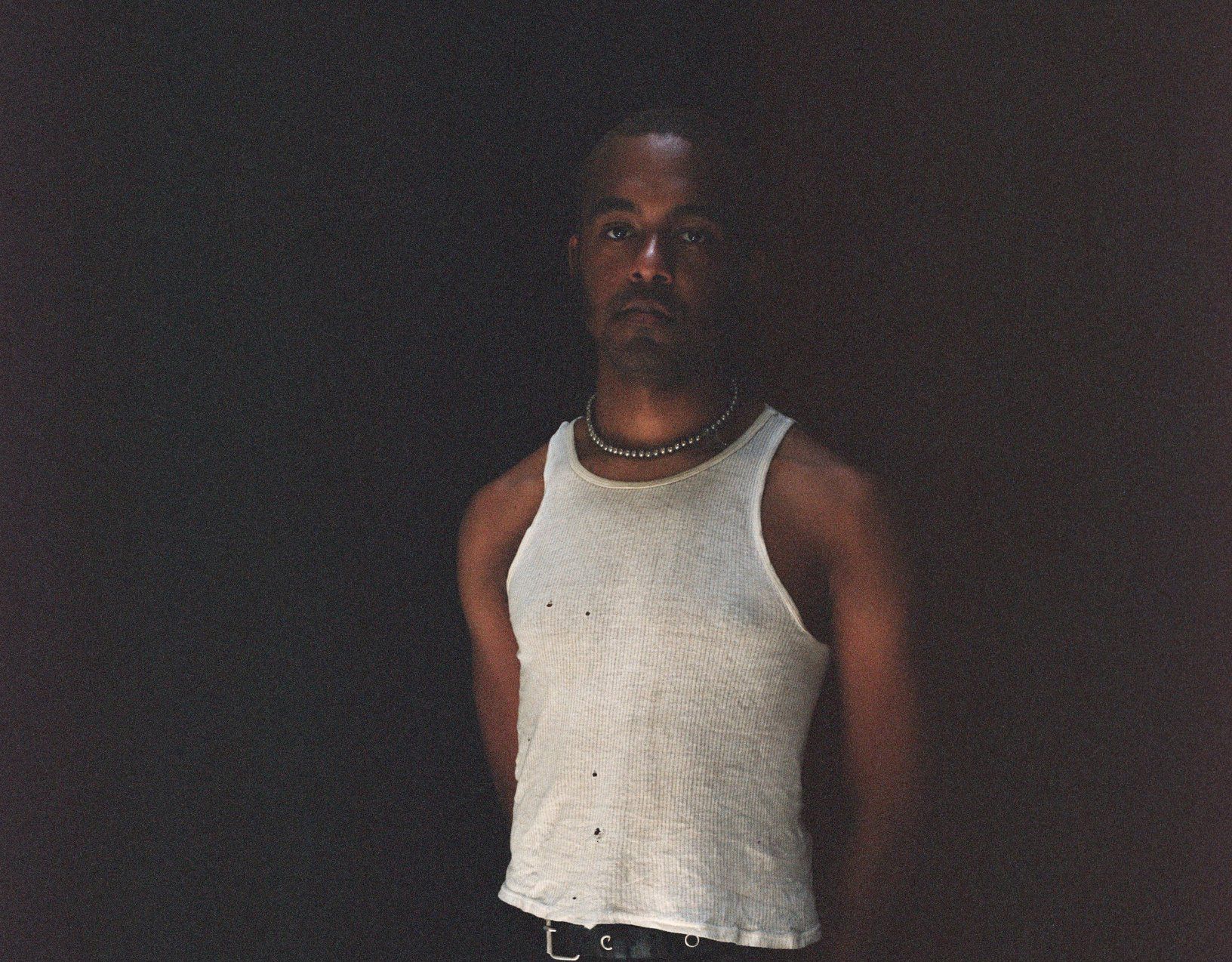
An Exorcism of a Prior Identity: Jasper Marsalis (Slauson Malone 1)
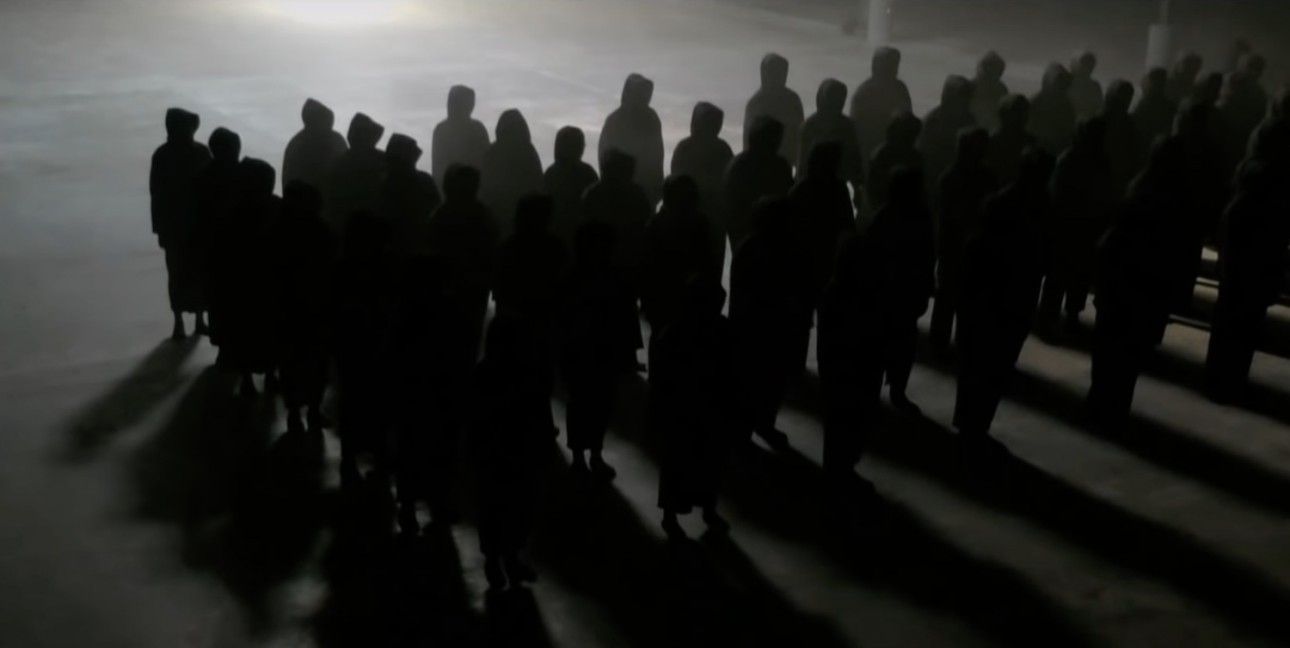
“I AM THE LEADER”: YE (KANYE WEST) in Conversation with TINO SEHGAL
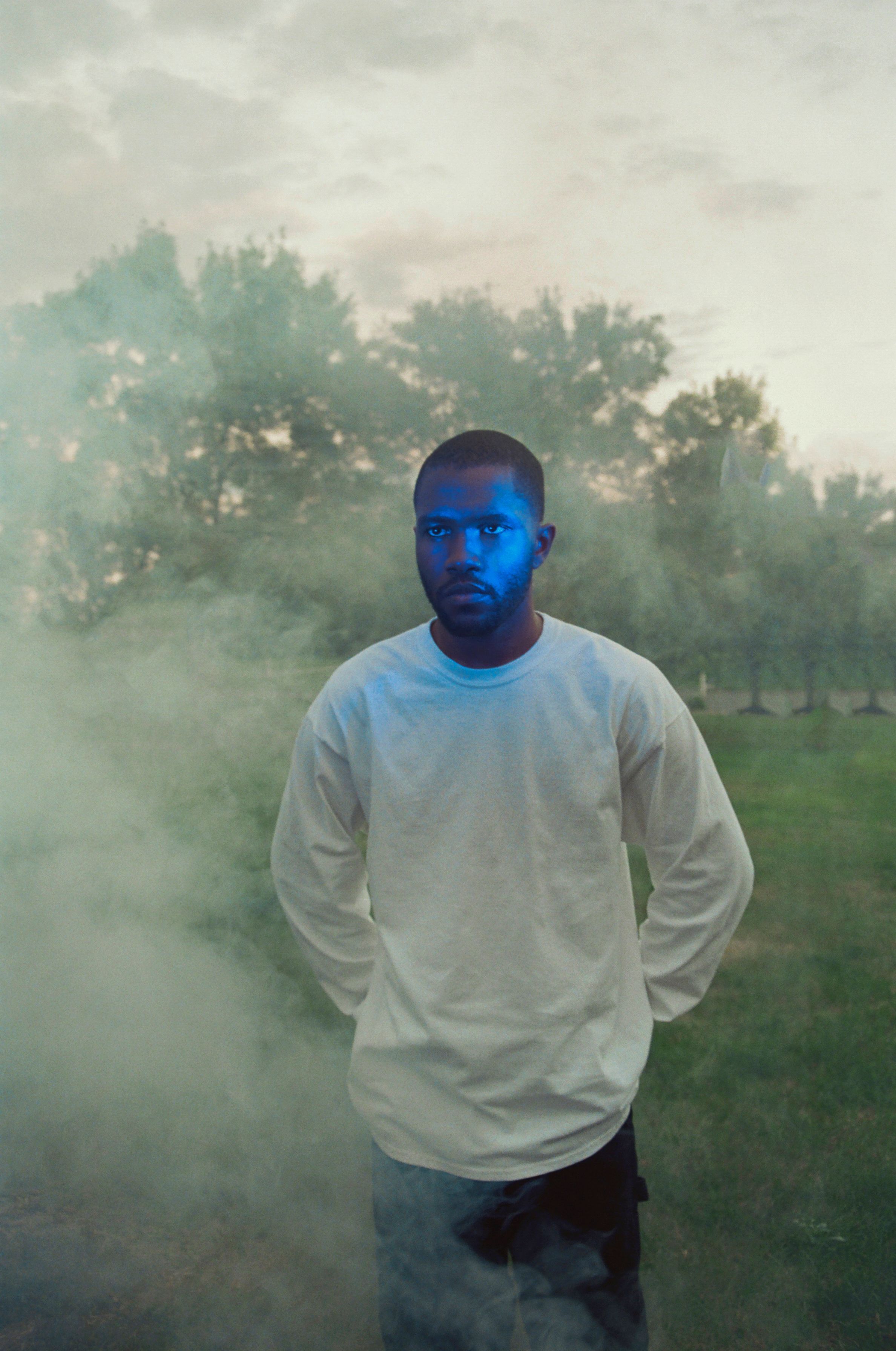
FRANK OCEAN: The Artist is Absent